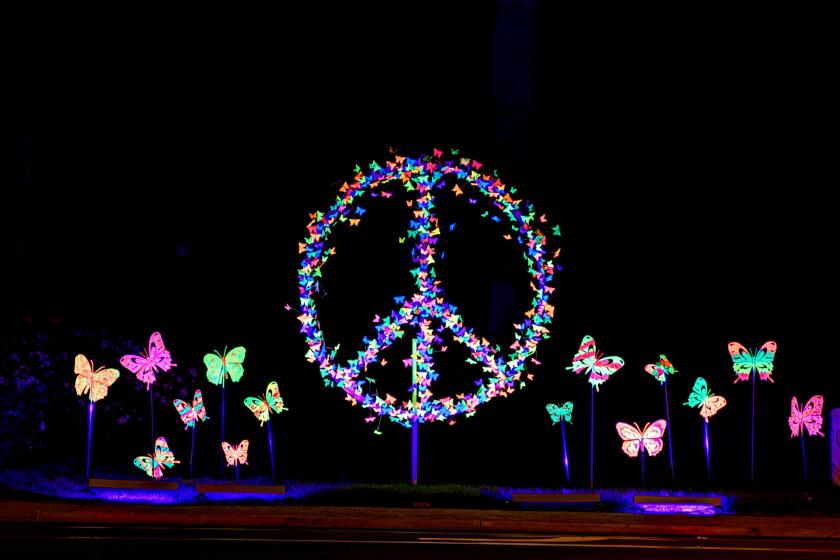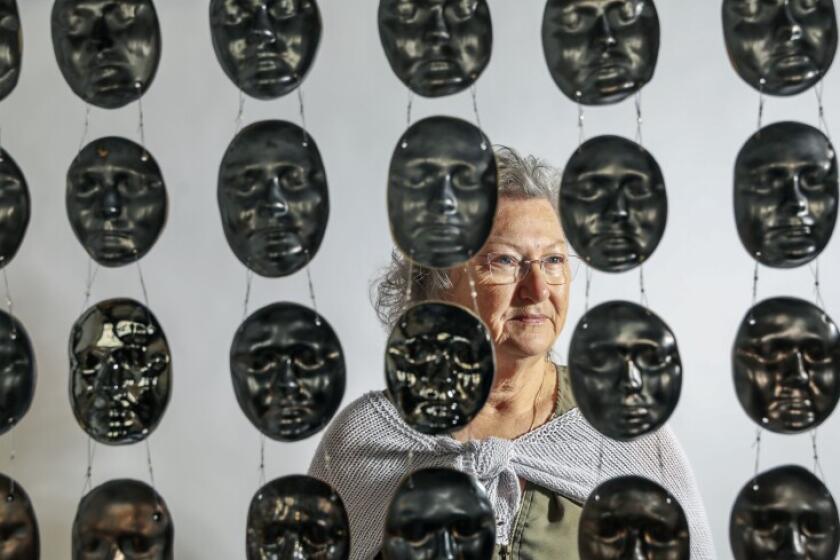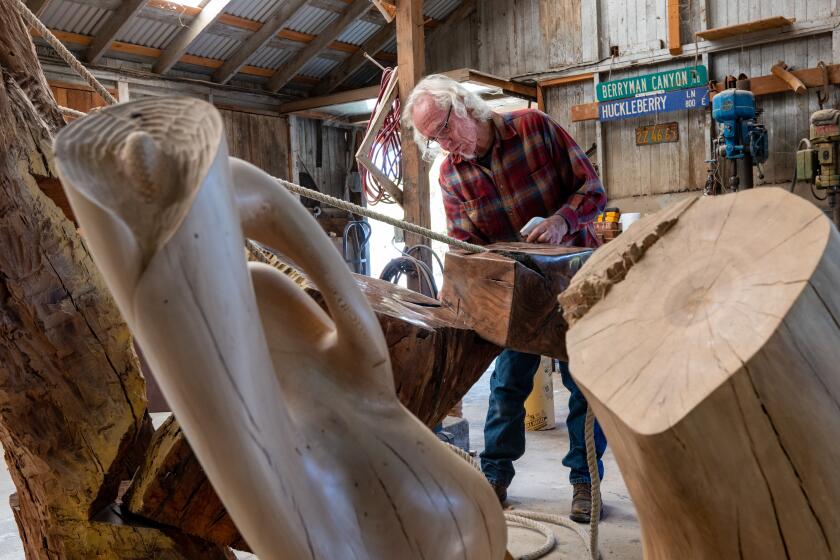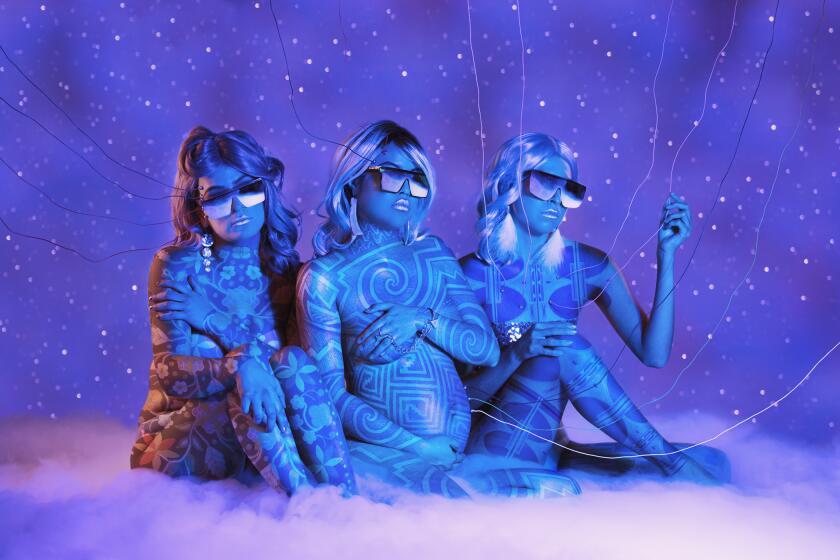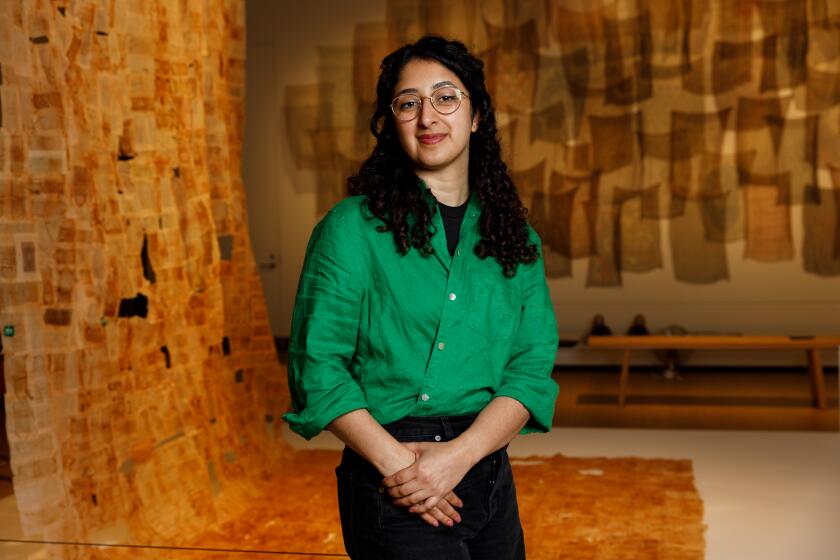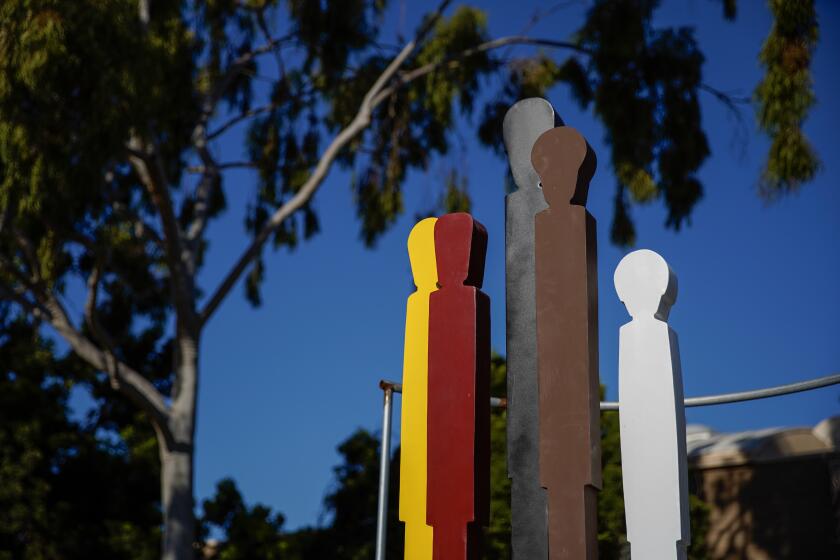Gabriel Rico explores science, symbology and human nature at inaugural Institute of Contemporary Art exhibition

His latest exhibition, ‘Unity in Variety,’ will mark the inaugural showcase of the new space
“I like trash. Trash that comes from the people.”
Coming from most artists, a statement like this might come across as jarring, but when it’s Gabriel Rico, it makes perfect sense. The Guadalajara, Mexico-based artist is talking about how he used his time during the pandemic. Times when he’d jump into his truck and head to the beach to collect rocks, wood and, yes, even litter. He says he’d often collect things that had washed ashore, enamored by their deformities that had been caused by the tides and the sun.
“It’s almost like an erosion,” Rico says. “The sun can take out the color, transforming something that is orange into a pink and then to white. I appreciate those things because it’s impossible to replicate with a machine.”
Rico is sitting in the newly rechristened Institute of Contemporary Art San Diego Central — formerly the San Diego Art Institute — in Balboa Park. His latest exhibition, “Unity in Variety,” which opens today, will mark the inaugural showcase of the new space.
“I want to create an experience that can refer to the complexity of our reality these days,” Rico says. “The title, ‘Unity in Variety,’ refers to when we find unity in something or things that have no obvious relation, but there’s beauty when they’re together.”
That last statement is something of a perfect encapsulation of Rico’s work. Using an assortment of media, Rico creates immersive and striking installations. These materials include metal sculptures, sound art, found objects, natural materials (such as sand, in the case of this exhibition), neon symbols, taxidermy, ceramics, fabric and even augmented reality elements. If it sounds like a lot, it’s because it is, but the artist finds a way to seamlessly blend the disparate elements into a strikingly unified statement.
“When Gabriel creates his work, he has this sense of ‘What is it now?,’ says Andew Ütt, ICA’s executive director. “Then he asks at the same time, ‘How can we evolve? How can we think differently about our relationship to those objects and have some kind of honest relationship with the things around us?’ Whether that’s the sand on the ground, a plastic lemon, or a bone made from ceramics, it’s about thinking abstractly about our relationship to the world.”

Recognizing the possibilities
Rico has spent some of his limited time here crossing Balboa Park to look at some materials at the San Diego Natural History Museum. He’s made it a point of his artistic practice for the last few years to work with the natural history museums of the cities where he’s set to have his exhibition — everywhere from New York City to Seoul, South Korea.
This process has evolved since Rico devoted himself to art full-time almost 20 years ago, shortly after graduating from the Instituto Tecnológico de Estudios Superiores de Occidente in Guadalajara with a degree in architecture. While there, he was introduced to the work of Marcel Duchamp, Joseph Beuys and the Arte Povera (“poor art”) movement of the ’60s and ’70s. The latter was especially important to Rico due to the movement’s emphasis on using cheap materials to explore complex issues, but even before that, he was attracted to the beauty of found objects while growing up in Lagos de Moreno in Jalisco, Mexico, .
“I had very strong experiences with nature there as a kid,” Rico says of his formative years in Lagos de Moreno. “You can walk 15 minutes and be in the middle of nowhere.”
In 2017, Rico made his U.S debut with “DEAD, DEAD, LIVE, DEAD,” at the Arizona State University Art Museum in Tempe. For that exhibition, however, Rico worked closely with the university’s life sciences program to create an installation using their collections of fossils, bones and even preserved insects. In working closely with scientists, Rico says it helps him “recognize the possibilities” of what his art can be.
“Science and technology are like brothers, and art is like the half-brother,” Rico says, pointing out how many of the advances in contemporary art have been preceded or even facilitated by advances in science.
Rico says getting out of that contemporary art world and exploring things from a more analytical, scientific perspective has shifted his outlook and hopes that the viewer will have a similar experience. So while it would be safe to call him an installation artist, using everything from neon symbols to taxidermied creatures, that is still a limiting description. He is, at his essence, a scientific mind making bold, beautiful and artistic statements about the nature of the natural world.
“I like to push my limits all the time and science is the most exotic barrier,” Rico says. “The edge between ignorance and knowledge, we push it more and more, and we create more information. Once we have it though, that information is so necessary to understanding us, to understanding our relationships with others.”

Defining identity
In the case of “Unity in Variety,” the viewer immediately gets a sense of these barriers as soon as they enter the space. Rico will use the stairs leading down to the ICA’s main space to create a “super intense” effect, which will mainly be accented by “Cantidades Salvajes,” a large-scale mobile sculpture that will be suspended from the ceiling. Once down the stairs and in the space, viewers will find themselves surrounded by an immersive installation that Rico hopes will serve as a bridge for viewers to cross their own personal boundaries, both tangible or mental — what he calls the “illusion of borders.”
“For this specific exhibition, I chose the very obvious way walls define the identity of this region of the world,” says Rico, referring to the Mexico-U.S. border. “But I don’t really want to do a show about the border. It’s so obvious and there are other artists who work that way. But for this show, I decided to use taxidermy animals, because they don’t recognize human barriers or borders. Birds fly over them, fish swim past borders, mammals can cross over. Human borders are very ridiculous.”
For one area of the exhibition, Rico plans on using 12 taxidermied birds fashioned to look as if they died around a glass panel. While the inspiration for the piece is literal in nature — the ongoing issue of migratory birds running into man-made structures such as windows and buildings — the metaphorical implications are just as profound.
“The birds cannot recognize the barriers, the borders,” Rico says. “And those are the most difficult and important borders, the invisible ones. For humans, they cannot see them as well, but the borders are there and we use them to define us.”
‘Unity in Variety’
When: Sept. 24-Jan. 23. Noon-5 p.m. Thursday-Sunday.
Where: Institute of Contemporary Art San Diego Central, 1439 El Prado, Balboa Park
Admission: Pay as you wish
Phone: (619) 236-0011
Online: icasandiego.org
Combs is a freelance writer.
Get U-T Arts & Culture on Thursdays
A San Diego insider’s look at what talented artists are bringing to the stage, screen, galleries and more.
You may occasionally receive promotional content from the San Diego Union-Tribune.
